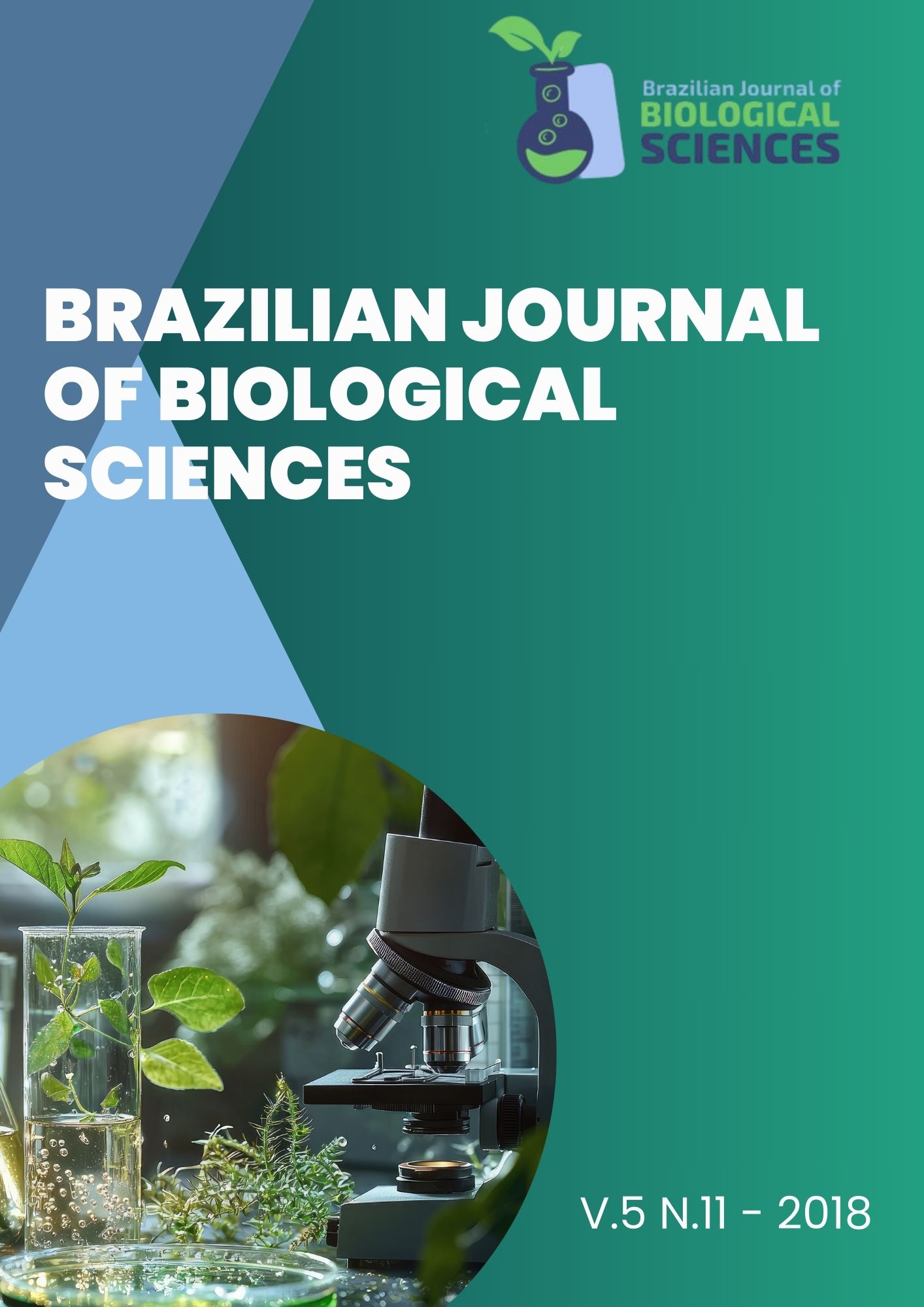Increased geographical distribution of Potamorrhaphis guianensis (Jardine, 1843) (Beloniformes: Belonidae) in the Brazilian Amazon Region
Rafael Anaisce das Chagas, Mara Rúbia Ferreira Barros
e317
This study reports the first occurrence of Potamorrhaphis guianensis (Jardine, 1843) (Beloniformes: Belonidae) in the Praquiquara Igarapé, located in the Northeast Atlantic Basin of Brazil. As the distribution of this species was delimited in the Amazon, Orinoco and Paraná Basins, it is concluded that in recent...





